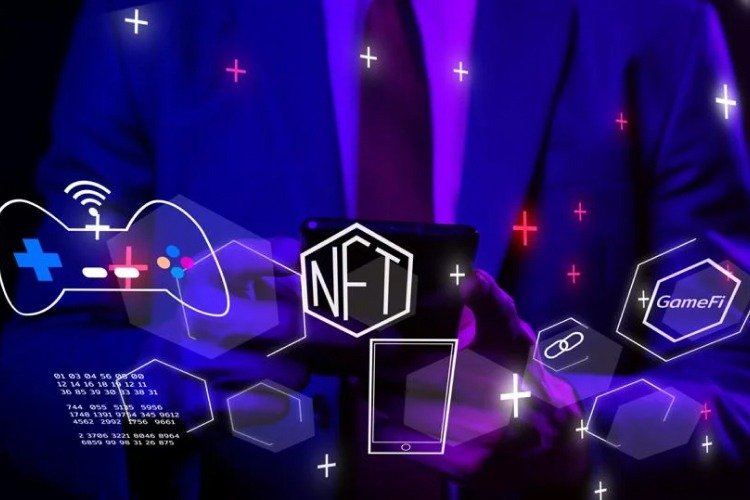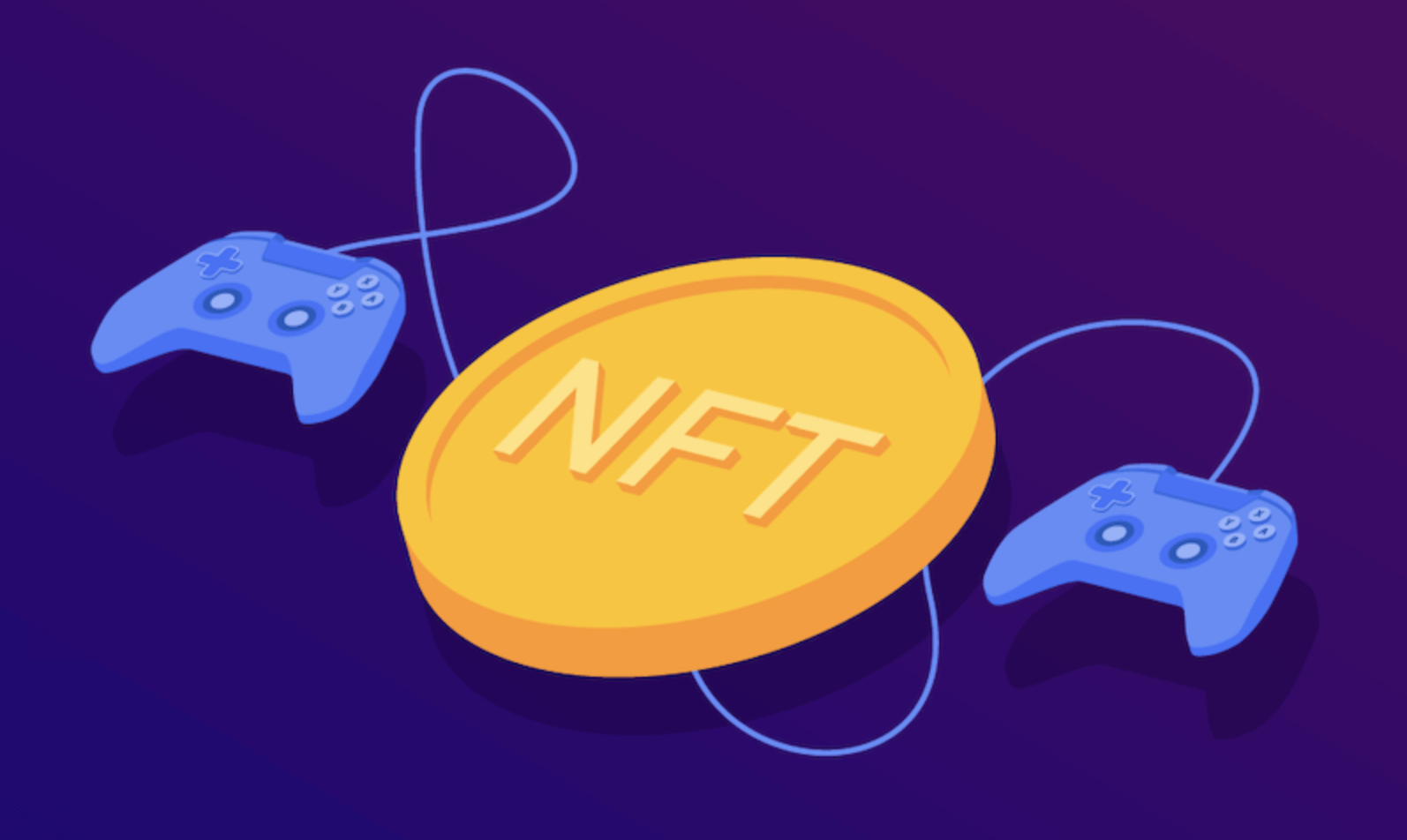Meet GameFi: the Union Between Games and Digital Finance

It was at the end of 2021 that games with prizes in digital assets (tokens) became a fever. A new segment emerged, called play-to-earn, where users were rewarded according to their performance in these crypto games.
This industry has changed a lot since then! In a sense, GameFi is an evolution of this model of games providing remuneration using blockchain. Let’s find out how digital finance has entered the gaming world, bringing even more ways for players to earn money.
What is GameFi?
Since technology and cryptocurrencies have appeared in our lives, everything has changed. In 2000, we were playing PlayStation 2 with mediocre graphics, while today, with PlayStation 5, we can play the latest video games. And it’s not just the graphics; the introduction of cryptocurrencies has been one of the most significant changes, and has had huge ripple effects across industries — including, for example, digital casinos.
In times gone past, if you wanted to play slots, for example, you had to go to a bar or an arcade and use coins or — in slightly later iterations — your bank card. Fun, but not super convenient. The introduction of the online casino was a major step forward, letting users play from home with digital finance platforms... but the evolution wasn’t over!
Next came cryptocurrency options, opening up a brand new universe. Today, we can play popular crypto slots online directly from the comfort of our homes, being able to choose from hundreds of different slot theme and playing safely at all times thanks to the protected platforms on the web. No wonder slots are so popular today when you think about this new setup!
This mirrors the changes of GameFi, which is also the fruit of a never-before-seen technology. It is the intersection of games and financial applications, an evolution of the play-to-earn model popularized by the Axie Infinity crypto game. In short, these are decentralized applications that use blockchain and allow users to monetize their gaming experience.
In the simplest model, the player receives a crypto asset (token) from the game based on his or her performance — an item that can be traded or sold. However, GameFi goes further, providing the user with additional tools to earn money from the game’s digital assets.
How does traditional play-to-earn work?
Play-to-earn is a type of game where the user is rewarded for their performance and often just for playing the game! These games use smart contracts which, basically, allow players to earn virtual items such as avatars, shields, ships, and spells, represented by non-fungible tokens (NFTs), which can then be exchanged for real money. It is common for the game to have its own crypto asset (token), used to reward its users. It’s a great setup that has lots of gamers invested!
What is the difference between GameFi and play-to-earn?
GameFi’s goal is to create more ways for players to make money by integrating decentralized finance (DeFi) solutions — which emulate traditional market transactions, but use digital assets instead of fiat currency. There are more advanced tools than play-to-earn games usually offer, and we’ve detailed a few features below.
Staking
Staking is the remunerated deposit, rewarded to users who hold a position for a certain period. This tool can be used to increase the deposit base in decentralized applications, or simply reduce the incentive to sell. The depositor’s biggest risk is the change in the price of the asset during the lock-in period.
Lending
By allowing users to lend their tokens, or even their NFTs, including avatars and virtual land, GameFi makes life easier for everyone. Whoever lends out these digital assets receives extra income — interest. On the flip side, the other player benefits from weapons, shields, and digital NFT items needed to progress and earn even more money. In short, it’s a win-win tool that increases the income possibilities in crypto games.
Liquidity creation (Yield Farms)
Yield Farms are depositor cooperatives interested in maximizing their earnings by offering liquidity on DeFi platforms. These decentralized tools are governed by smart contracts, and use these deposits of game tokens in exchange operations or activities that carry some level of risk. Unlike staking, these assets do not remain idle, but are used in the GameFi ecosystem.
Creating and editing NFTs
In addition to the integrated marketplace, GameFi allows users to create or enhance unique digital items, bringing more value to the item. Although the format of this bonus for new NFTs varies according to each game, the idea is to allow these items to evolve, a new way of monetizing the user experience.

Top GameFi games
It’s difficult to list the best GameFi games and applications, as this analysis depends on what each user is looking for. The options vary between metaverses with avatars for those seeking an immersive experience and more traditional gaming platforms focused on gameplay. In any case, we’ve listed the main GameFi games below.
Decentraland
Decentraland (MANA) is one of the main representatives of the metaverse, a futuristic utopia that merges the real and virtual worlds. It allows its users to create, experiment with, and monetize content and applications, including avatars and plots of virtual land in NFT format, using MANA’s own token as a means of payment.
Axie Infinity
Axie Infinity (AXS) is a game where users collect little monsters called “axies” to set up teams and compete in battles against each other. You can earn rewards in the Small Love Potions (SLP) token according to your performance in the game, as well as breed, upgrade, or sell axies on the internal marketplace to earn money.
The Sandbox
The Sandbox (SAND) is a metaverse that allows users to play, create virtual galleries, chat, and even work in this immersive digital environment. In this universe, players can create and collect blockchain-based assets. The Sandbox incorporates GameFi functions by allowing entire economies, including applications with their own tokens and NFTs, to be created, customized, and traded in this metaverse.